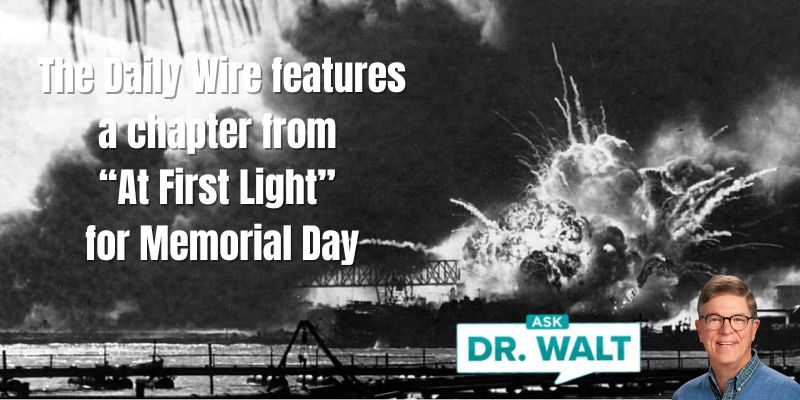
September 19, 1944 — In France it is said war comes and goes yet in many ways it never changes
September 19, 2024
September 21, 1944 – Phil’s 30th Infantry began some of the most bitter and exhausting fighting in its entire history
September 21, 2024By September 20, the 3rd Infantry Division was now only a short distance from the headwaters of the Moselle River, which rises on the north face of Ballon d’Alsace. The Moselle is the most important river in this area and it captures all other streams in the vicinity as it courses northeast toward the Lorraine Plain.[1]

While awaiting relief by French units, the Division on September 20 launched an early morning attack northeast toward the Moselle, guided along the main road out of Faucogney, which the Germans had deserted in their flight.
The route of advance was through a semi-valley edged on both sides by hills which the enemy employed to good advantage in slowing our movement.
Snipers, defended roadblocks, concealed machine guns, and mortars lined the route. With the 7th [Regiment]] on the left, the 30th [Regiment] on the right and two battalions of the 15th [Regiment] in reserve, the Division moved steadily forward, overcoming continuous resistance from the hills.
Company I of the 30th felt the brunt of a counterattack in the vicinitiy of Melay, where the 3rd Reconnaissance Troop, commanded by 1st Lt. Allen R. Kenyon, also suffered heavily when it ran into a minefield just as the enemy opened fire on the troop from a hill near Melay.
Company I withdrew and our artillery, then laid a terrific concentration on the area.[1]
[1] Taggart, 242.
In case you haven’t read or listened to Dad’s book, you can learn more or order it here.
© Copyright WLL, INC. 2024.




